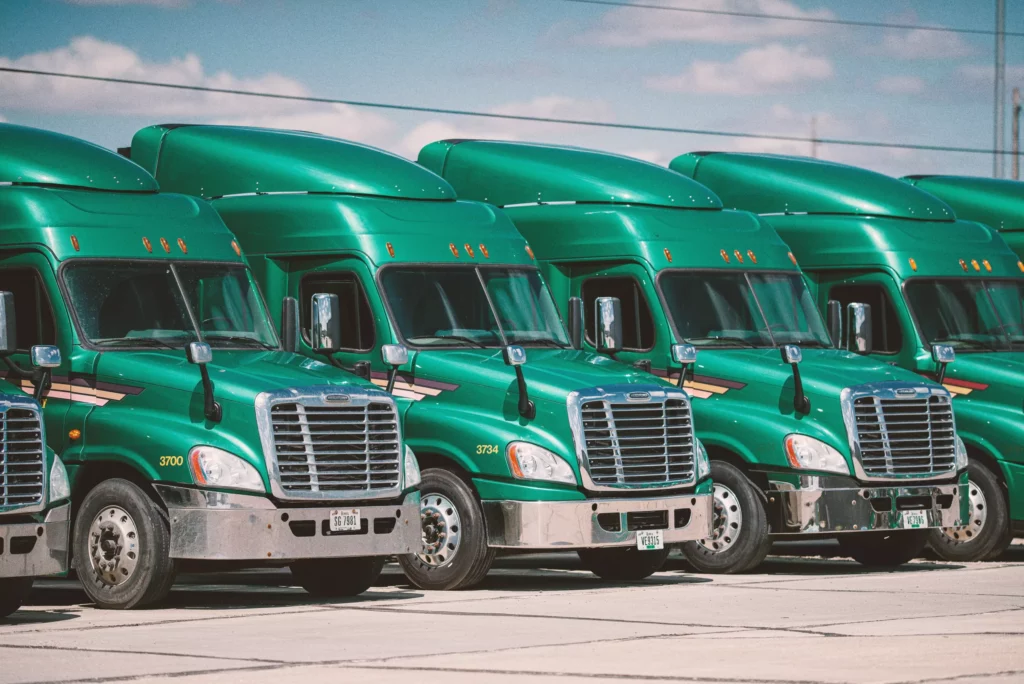Moving to a new home is an exciting milestone, but it can also have a significant impact on the environment. The process of packing, transporting, and unpacking belongings often involves excessive waste, energy consumption, and carbon emissions. However, with a little planning and conscious decision-making, you can make your move more sustainable and environmentally friendly. In this article, we will explore eco-friendly practices for a greener relocation, providing you with practical tips to reduce waste, conserve resources, and minimize your carbon footprint.
Assessing and Decluttering
Before you start packing for your move, take the opportunity to assess your belongings and declutter. Sorting through your items helps you identify things you no longer need or use, reducing the amount of stuff you have to move. Consider donating or selling these unwanted items instead of throwing them away. This not only reduces waste but also gives your belongings a second life and benefits others in need.
Choosing Sustainable Packing Materials
When it comes to packing your belongings, opt for sustainable materials to minimize waste. Here are some eco-friendly alternatives to consider:
Recycled Boxes
Instead of purchasing new cardboard boxes, look for used boxes that are still in good condition. You can often find them at local grocery stores, liquor stores, or through online platforms dedicated to reusing moving boxes. Reusing boxes reduces the demand for new ones and prevents unnecessary waste.
Biodegradable Packing Materials
Instead of using plastic bubble wrap or foam peanuts, choose biodegradable options such as recycled paper or corrugated cardboard. These materials provide cushioning and protection for your items during the move and can be easily recycled or composted afterward.
Reusable Containers
Consider using reusable plastic bins or sturdy storage containers instead of disposable boxes. These containers can be used for future storage needs, reducing waste in the long run. Additionally, they provide better protection for your belongings and are less likely to collapse or get damaged during transportation.
Optimizing Transportation
The transportation phase of your move is one of the most significant contributors to carbon emissions. By optimizing your transportation choices, you can significantly reduce your carbon footprint. Here are some eco-friendly options to consider:
Consolidated Moves
If possible, coordinate your move with others who are going in the same direction. Consolidating multiple moves into one trip reduces the number of vehicles on the road and decreases carbon emissions. Look for moving companies that offer consolidated or shared transportation options.
Choose Fuel-Efficient Vehicles
If you are hiring a moving truck or van, inquire about the company’s fleet and choose vehicles that are fuel-efficient or use alternative fuels. Opting for vehicles with lower emissions helps reduce the environmental impact of your move.
Consider Sustainable Moving Companies
Research and choose moving companies that prioritize sustainability and have implemented eco-friendly practices. These companies may use biodiesel-powered trucks, employ efficient routing systems, or have initiatives to reduce waste and carbon emissions. Look for certifications or memberships in environmental organizations when selecting a moving company.
Energy Conservation
During the moving process, it’s essential to be mindful of energy consumption. Here are some tips to conserve energy:
Turn off Lights and Appliances
Before leaving your old home, ensure that all lights, electronics, and appliances are turned off. Unplug unnecessary devices to avoid standby power consumption.
Efficient Packing and Loading
Plan your packing and loading process efficiently to minimize energy usage. Start by packing room by room, grouping items that will be unloaded together in your new home. This reduces the time spent searching for items and prevents unnecessary unpacking and repacking. Additionally, load the moving truck strategically, placing heavy items on the bottom and distributing weight evenly to optimize fuel efficiency.
Use Natural Lighting
When unpacking and settling into your new home, take advantage of natural lighting during the daytime. Open curtains and blinds to let in natural light instead of relying solely on artificial lighting. Not only does this reduce energy consumption, but it also creates a more inviting and pleasant atmosphere in your new space.
Responsible Waste Management
Moving often generates a significant amount of waste, but there are ways to minimize its impact on the environment:
Recycling and Proper Disposal
Sort and separate your packing materials for recycling. Cardboard boxes, paper, and plastic packaging materials can be recycled through local recycling programs. If you have any hazardous materials, such as batteries or old electronics, find appropriate disposal methods in your community to ensure they are handled responsibly.
Donate Unwanted Items
Rather than discarding unwanted items, consider donating them to local charities or thrift stores. Items that are still in good condition can find new homes and serve a purpose for someone else. Research local organizations that accept donations and ensure they align with your values and support causes you care about.
Upcycling and Repurposing
Get creative with items you no longer need. Upcycling and repurposing can breathe new life into old furniture or household items. Consider transforming old wooden crates into bookshelves, repurposing glass jars as storage containers, or using leftover packing materials for arts and crafts projects. Explore DIY websites and social media platforms for inspiration and ideas.
Offsetting Your Carbon Footprint
Despite your best efforts to reduce emissions, moving still has an environmental impact. Consider offsetting your carbon footprint by investing in carbon offset projects. These projects work to reduce greenhouse gas emissions or remove carbon dioxide from the atmosphere. Research reputable carbon offset organizations and choose projects that align with your values and support sustainable initiatives.
Conclusion
Moving to a new home doesn’t have to be detrimental to the environment. By incorporating eco-friendly practices into your relocation process, you can significantly reduce waste, conserve resources, and minimize your carbon footprint. From choosing sustainable packing materials and optimizing transportation to practicing energy conservation and responsible waste management, every small step counts toward a greener move. By making conscious decisions and prioritizing sustainability, you can contribute to a more environmentally friendly future while enjoying the excitement of your new home.





